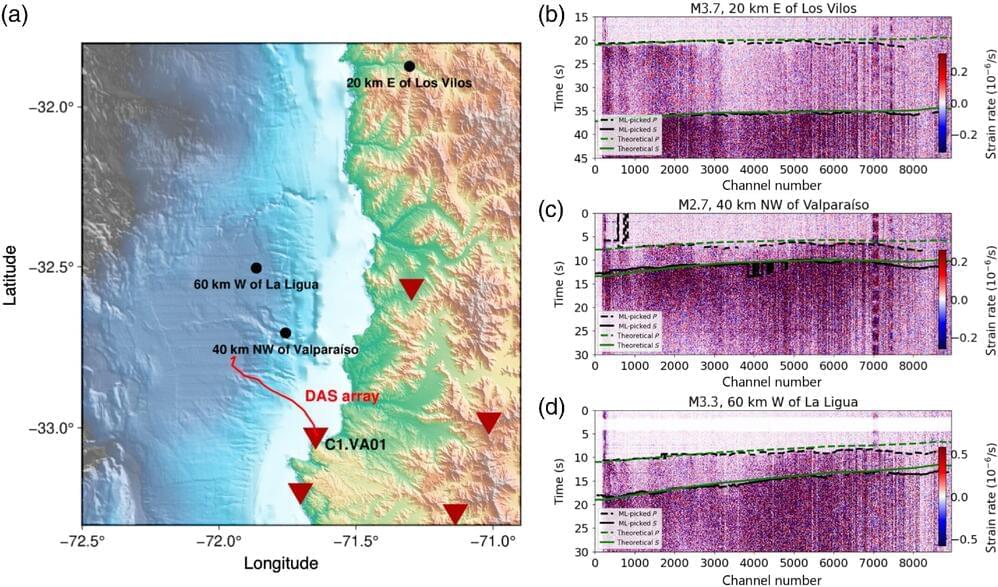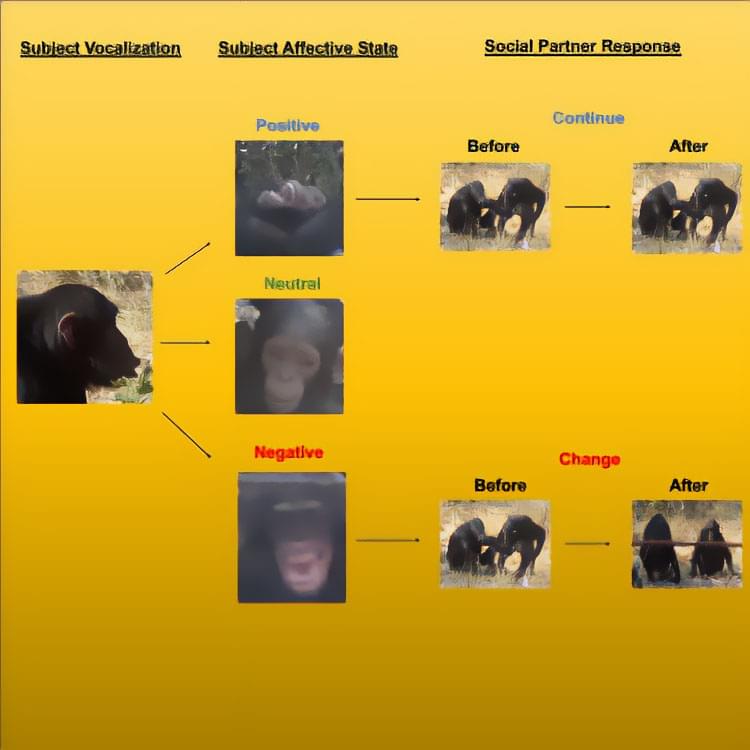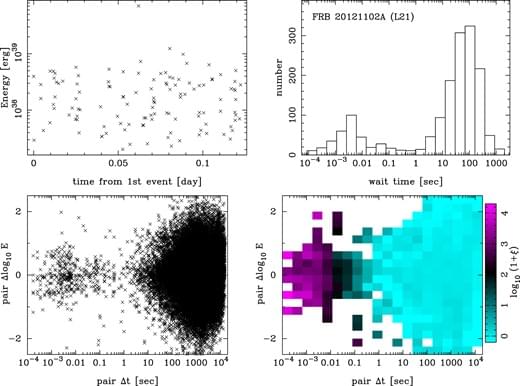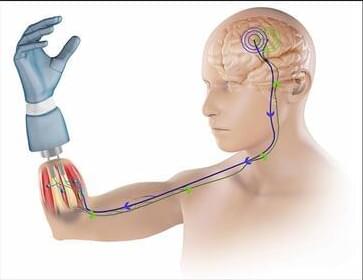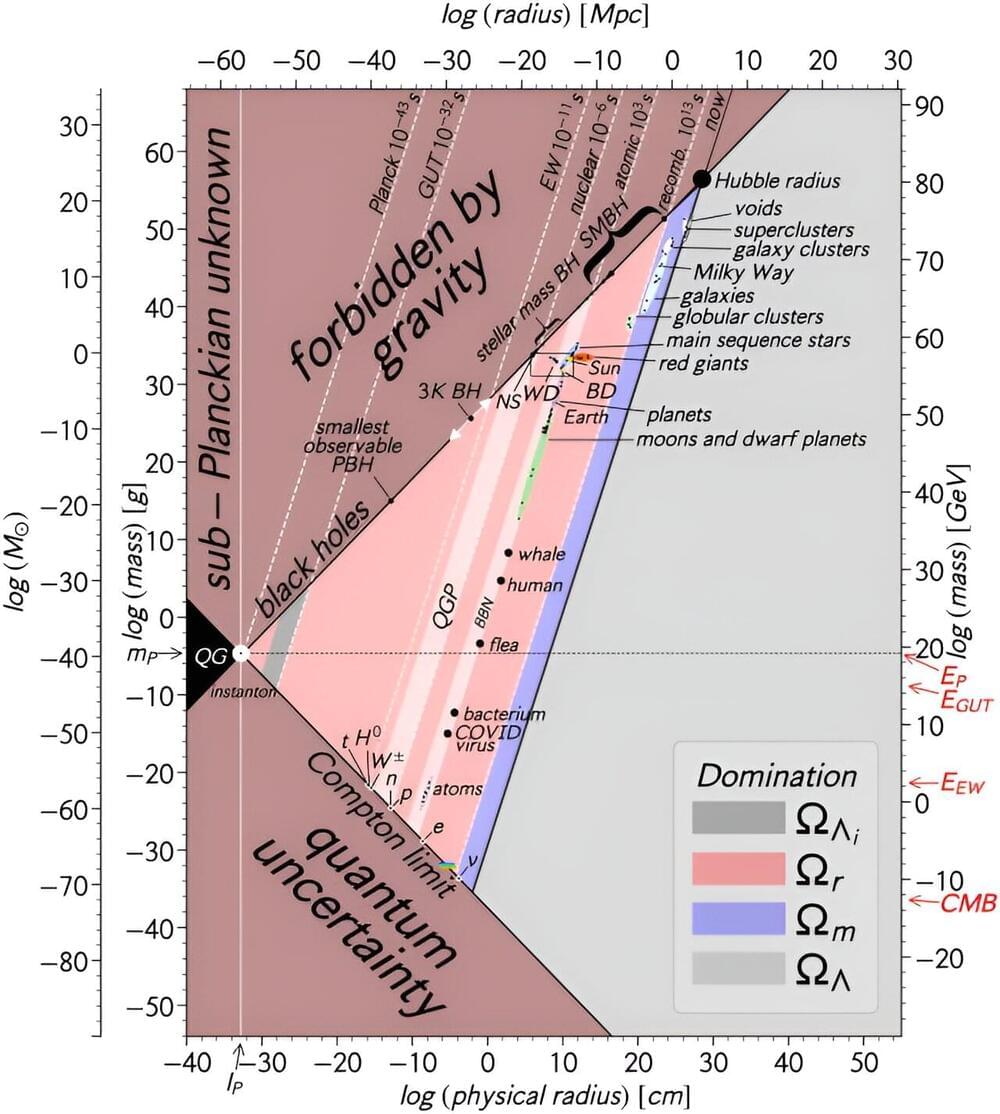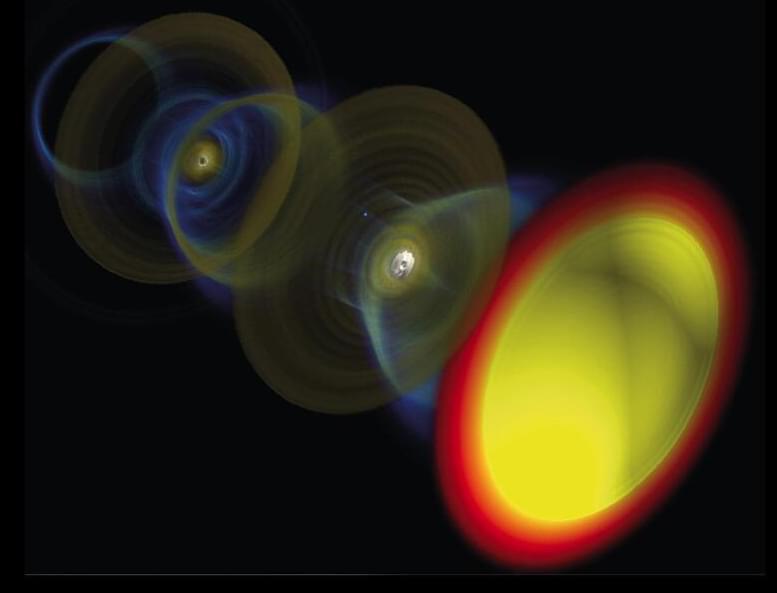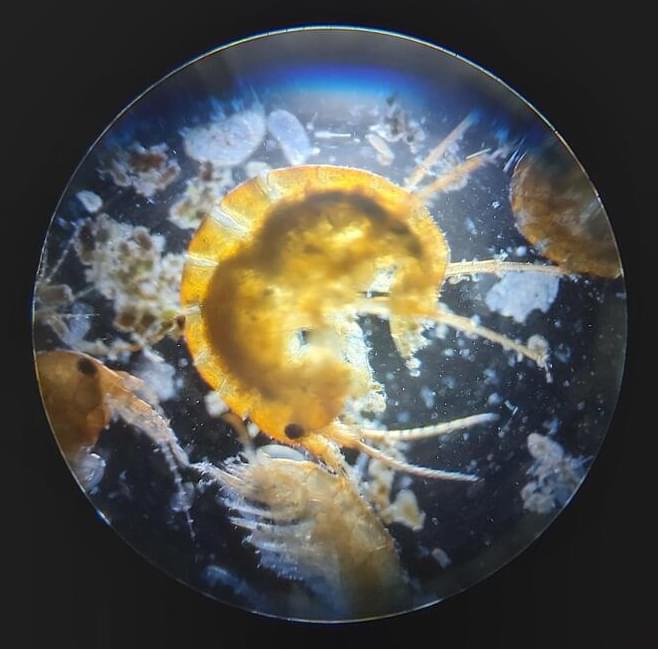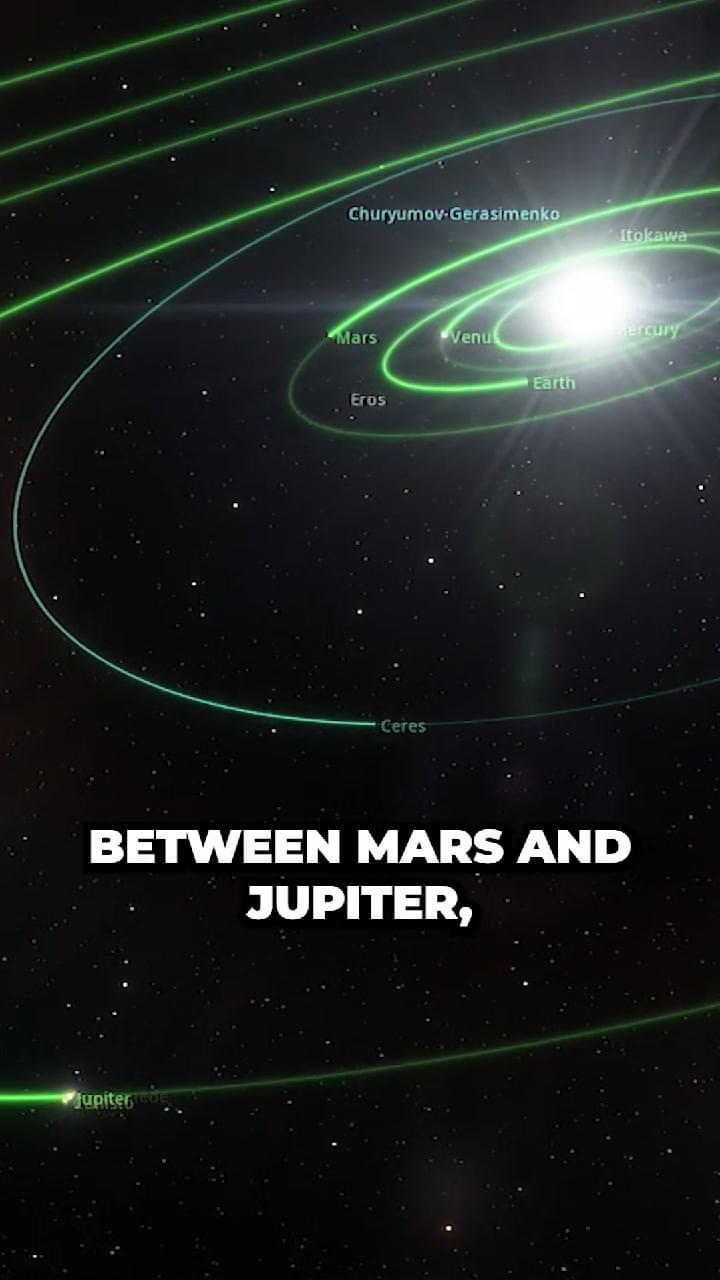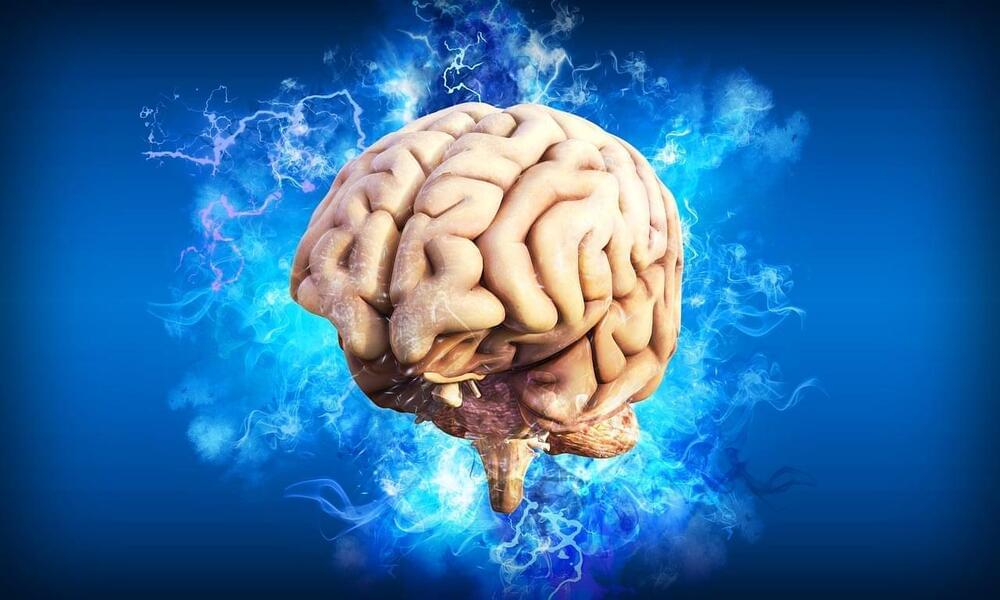One of the biggest challenges for earthquake early warning systems (EEW) is the lack of seismic stations located offshore of heavily populated coastlines, where some of the world’s most seismically active regions are located.
In a new study published in The Seismic Record, researchers show how unused telecommunications fiber optic cable can be transformed for offshore EEW.
Jiuxun Yin, a Caltech researcher now at SLB, and colleagues used 50 kilometers of a submarine telecom cable running between the United States and Chile, sampling seismic data at 8,960 channels along the cable for four days. The technique, called Distributed Acoustic Sensing or DAS, uses the tiny internal flaws in a long optical fiber as thousands of seismic sensors.
